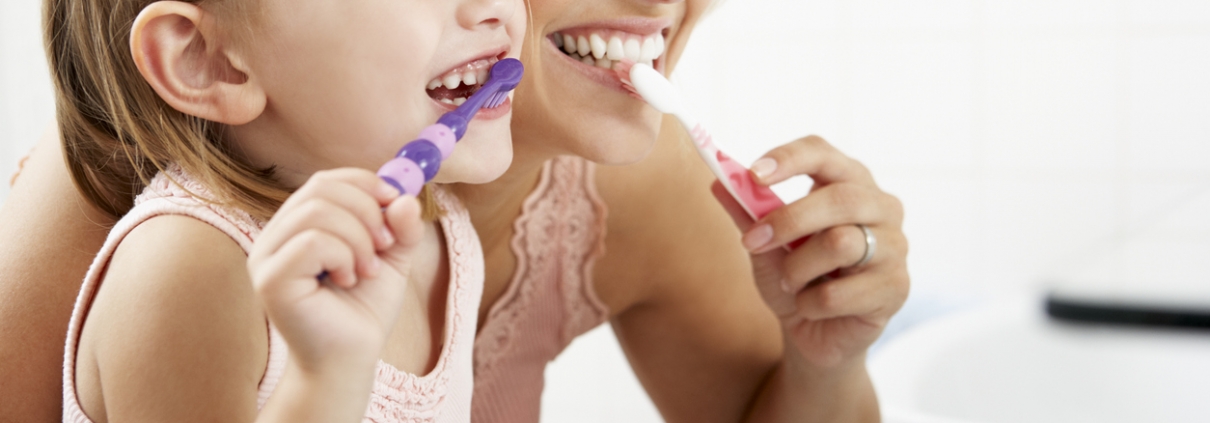How to Take Care of Your Teeth
Dentists recommend that your brush and floss after every meal, but many people do not, whether that be of their choosing or something out of their control. For those who are able to take care of their teeth, there are a few techniques that can be done to ensure that it is being done properly.
First, how to properly floss:
- Take a piece of pre-cut floss, or measure a piece of floss the length of your forearm and tear it off.
- Leaving around 2 inches of space, wrap the piece of floss around both your middle and index fingers.
- Work the floss in between your teeth using a back and forth motion, and then wrap the floss in a “C” shape at the bottom to get in the gumline. Repeat this 2-3 times for each tooth.
After flossing comes brushing. Brushing should come after flossing as it can remove all the particles left behind by the floss working between your teeth and just like flossing, there’s a specific way to do it to make sure your mouth is completely clean.
- Angle the brush at 45 degrees and work in a circular motion, concentrating and starting at the bottom of the tooth where it meets the gum.
- Work up and down the surface of the teeth, being careful NOT to scrub as it can damage the gums.
- Brush this way for about 2-3 minutes. Brushing your teeth should not be rushed.
- Finish up with mouthwash and DO NOT SWALLOW.
Here are a few extra tips to make sure that your mouth and teeth are in the best shape.
- If you’re having a hard time getting into flossing because it’s considered to be a mundane task, try doing it when you’re watching TV before bed.
- To ensure brushing for 2-3 minutes, play your favourite song and brush until it is over.
- Choose a soft toothbrush with rounded bristles and replace it every 3 months or sooner if it becomes frayed.
- Those with metal braces may have a tougher time brushing their teeth. Talk to your dentist about specialized toothbrushes and flossers.
For any other general questions about oral hygiene, consult with your dentist.

